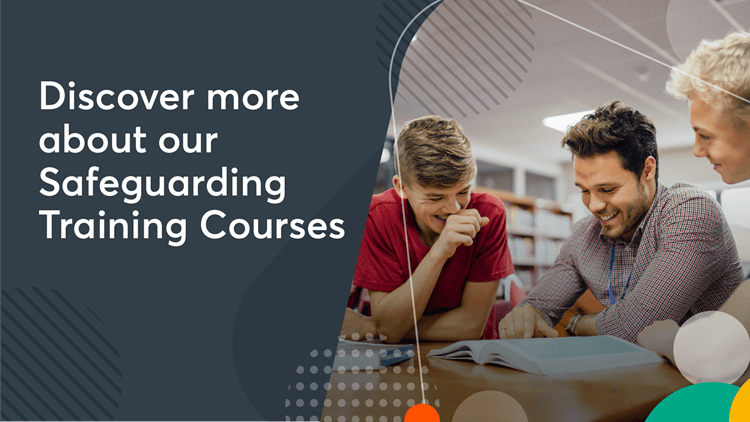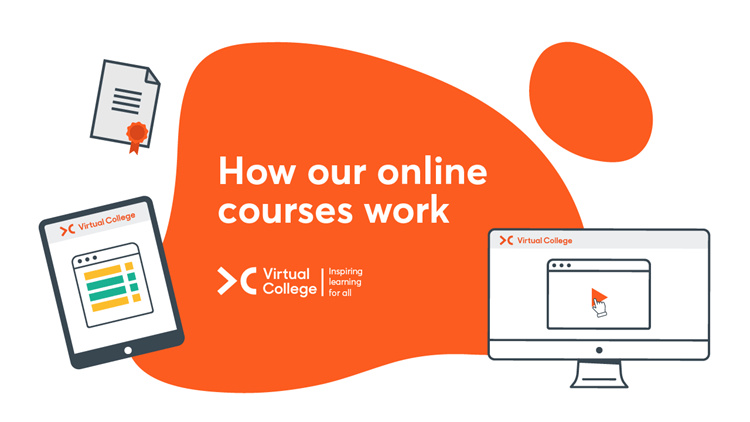Safeguarding Children Level 3
Safeguarding Level 3 for Children is one of our most in depth courses and is designed for managers/practitioners who frequently come into contact with children and their families. This online course outlines the core responsibilities of lead workers as well as why safeguarding is important, serious case reviews, key terms, reducing the likelihood of abuse, signs and symptoms of abuse, what to do if you suspect abuse, and the importance of whistleblowing.
Course Overview
Format
- Level 3
- 2-3 Study Hours
- Online Study
- Self-Printed Certificate
Accreditation
- 3 CPD Points
- CPD Certified
Course description
Anyone who requires Level 3 Safeguarding Training has a considerable responsibility for safeguarding children and they have to be able to act accordingly to information and concerns brought to them.
Anyone working at this level needs to be confident in working with multiple agencies and advise on local and national policies.
We also offer Safeguarding Children Training at Level 2
Unsure if you require Level 2 or 3 Safeguarding Children training? Check out our short guide to find the course that best matches your needs and requirements here.
This Safeguarding Children Level 3 course has been updated to be compliant with new Keeping Children Safe in Education 2022 legislation and how this applies in the workplace or when working with children and young people.
Level 3 training is suitable for anyone who holds a management position and frequently works with children, or anyone who has a designated child protection role. These positions could be in schools, hospitals, sports clubs where safeguarding level 3 training is particularly useful and beneficial.
What does this Level 3 Safeguarding Children training course cover?
The aim of this level 3 safeguarding training is to develop an understanding of safeguarding children, making sure you have up-to-date knowledge of safeguarding policies, legislation and guidance, and how you can reduce the risk of abuse.
| Module | What it includes |
| The Key Principles of Safeguarding | Children's Safeguarding is underpinned by 4 key principles that we delve into to give you the best understanding and awareness. |
| What is Abuse? | You will learn about the different categories of abuse, what abuse actually is and how it can be recognised. This will help make you aware of the indicators of abuse to look out for. |
| Safeguarding Legislation | This section explores the different legislation in place in which the welfare of the child is paramount. We look at The Children Act 1989, The Children and Social Work Act 2017 as well as The UN Convention on the Rights of the Child and more. |
| What is Professional Curiosity? | You'll learn what professional curiosity, disguised compliance and culturally competent curiosity mean and how it can help. We also look at the barriers faced. |
| Barriers to Reporting Abuse | We explain the barriers you may face when raising concerns and how to respond to a child's disclosure of abuse including the interpersonal skills that help, questioning techniques, confidentiality and consent and what to do if consent is refused. |
| Referrals and Concerns: The Process | This section shows you the sequence of referrals. We explain the importance of taking your concerns seriously. We also explore what happens next after a referral is made. We also look at effective record keeping. |
| Writing Court Reports and Giving Evidence | As this is a very serious task for any social worker, we give you the tools you need to write the most effective court reports. We also explore each stage of care proceedings and the outcomes as well as preparing for and giving evidence in court. |
| Risk Assessments and Case Studies | We explain the importance of risk assessments and provide case studies for you to read, now that you have further understanding of the processes. We show you how to evaluate risks and agree safety measures. |
Why take this Level 3 Safeguarding course?
Level 3 safeguarding children training is one of our most in depth safeguarding courses available and has been designed for managers/practitioners working in roles where they frequently come into contact with children and their families. This safeguarding training level 3 course contains core safeguarding modules to ensure that learners are up to date with the latest information and then goes onto more detailed information about reporting suspecting abuse whether it has been reported directly to them or via a member of staff.
The depth of this safeguarding level 3 course allows learners to understand how key safeguarding cases have shaped legislation and how that will impact on them as managers/practitioners and their workplace.
This safeguarding level 3 course covers key topics to ensure learners have a strong grasp on current safeguarding knowledge and key procedures.
To help professionals apply knowledge into everyday life, this safeguarding children level 3 course uses immersive real-world scenarios which can help learners to better understand the importance of certain topics. On completion of this safeguarding training level 3 course learners will be able to:
- Apply the changes to practice made over the past three years to your work
- Identify different levels of harm and follow the appropriate safeguarding procedures
- Collect safeguarding children information from both a local and national context
Our Safeguarding Children Level 3 training is underpinned by the principles of:
- Working together to safeguard children
- Keeping children safe in education
You will learn
- Explain the profound impact some well-known cases of child abuse have had on legislation
- Explain the importance of multi-agency cooperation
- Define safeguarding in respect of children and young people
- Describe what you need to do if a child makes a disclosure or if you suspect abuse
- Explain what whistleblowing is, what it is not, and why it is important
- List the ways you can reduce the risk of abuse
- List the signs and symptoms of the different kinds of abuse
- Outline the responsibilities lead workers in the children’s and young person’s sector have
Who is it for?
Roles including:
- Teachers
- Childminders
- Doctors
- Nurses
- Social workers
- Sports teacher/coaches
- Care workers
- Police
- Paramedics
- Council workers
- Practitioners
Safeguarding Children Level 3 FAQs
- How long is a Safeguarding Everyone Level 3 valid for?
- How often do you update the Safeguarding Everyone Level 3?
- Which level of Safeguarding Everyone training do I need Level 1, 2, 3 or 4?
- Is Level 3 safeguarding the same as DSL?
- What does Level 3 safeguarding mean?
- What qualifications do you need to be a safeguarding officer?










/safer-recruitment.jpg?mw=320&hash=A2BB5E144C89C295EC10C63680F69F39C4C3E566)

















